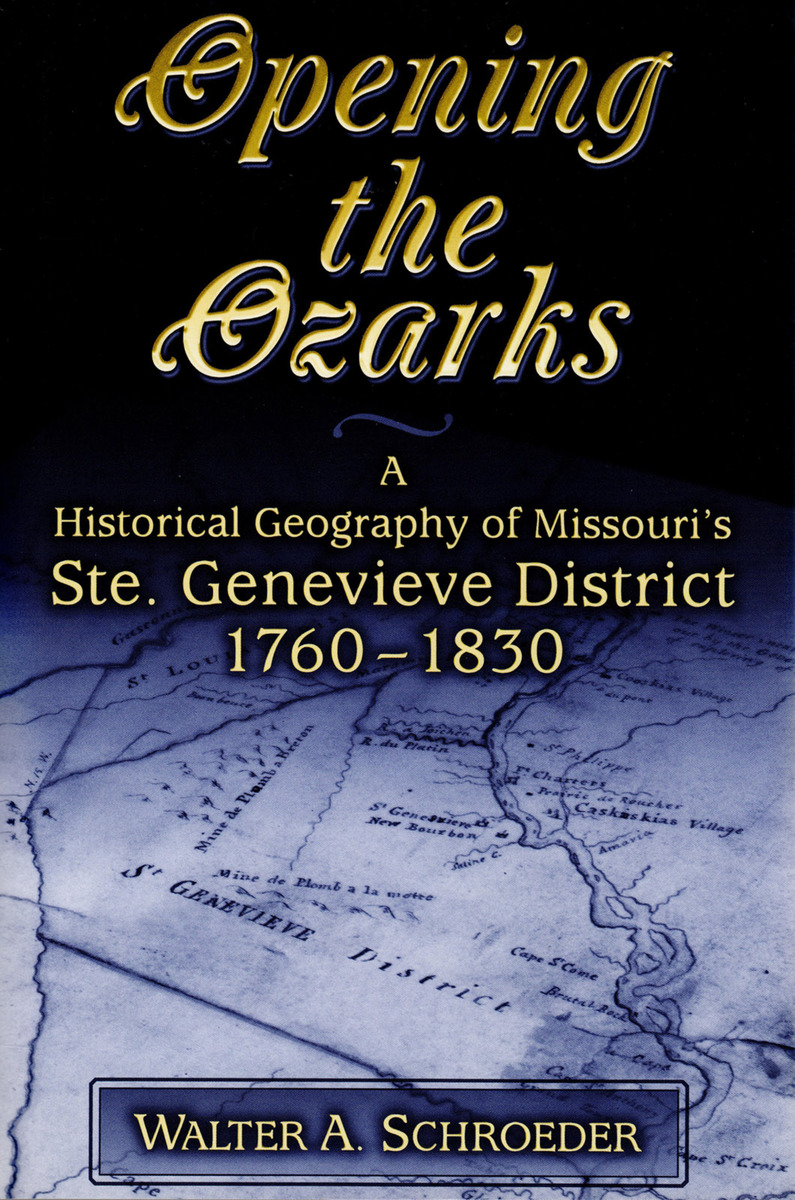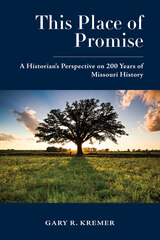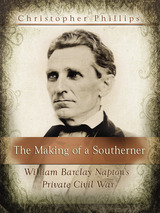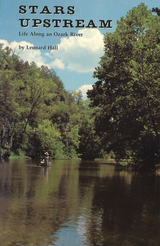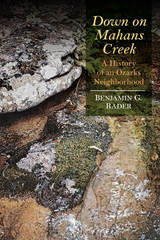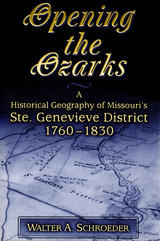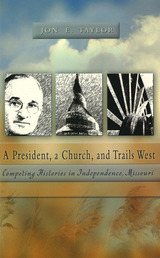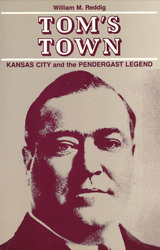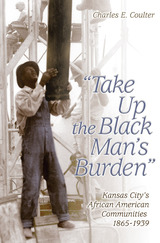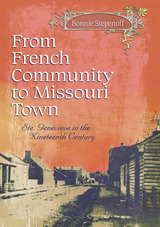Opening the Ozarks: A Historical Geography of Missouri's Ste. Genevieve District, 1760-1830
University of Missouri Press, 2002
Paper: 978-0-8262-2071-4 | eISBN: 978-0-8262-6306-3 | Cloth: 978-0-8262-1398-3
Library of Congress Classification F472.S33S37 2002
Dewey Decimal Classification 911.778692
Paper: 978-0-8262-2071-4 | eISBN: 978-0-8262-6306-3 | Cloth: 978-0-8262-1398-3
Library of Congress Classification F472.S33S37 2002
Dewey Decimal Classification 911.778692
ABOUT THIS BOOK | AUTHOR BIOGRAPHY | REVIEWS
ABOUT THIS BOOK
As the oldest European settlement in Missouri, Ste. Genevieve was the funnel through which the eastern Ozarks (the 5,000 square miles beyond Ste. Genevieve’s location on the Mississippi) was established. A magisterial account of the settlement of this area from 1760 through 1830, Opening the Ozarks focuses on the acquisition and occupation of land, the transformation of the environment, the creation of cohesive settlements, and the building of neighborhoods and eventually organized counties.
The study begins with the French Creole settlement at Old Ste. Genevieve in the middle of the eighteenth century. It describes the movement of the French into the Ozark hills during the rest of that century and continues with that of the American immigrants into Upper Louisiana after 1796, ending with the Americanization of the district after the Louisiana Purchase. Walter Schroeder examines the cultural transition from a French society, operating under a Spanish administration, to an American society in which French, Indians, and Africans formed minorities.
Schroeder used thousands of French- and Spanish-language documents, including the Archives of the Indies in Seville, Spain, as well as documents from Ste. Genevieve and St. Louis to gather his information. He also utilized thousands of land records from the American period, including deeds of land sales and sales from the public domain, and plats from both the Spanish and American periods. In addition, Schroeder performed years of fieldwork and perused aerial photography of the area, interviewing residents and searching for vestiges of the past in the landscape.
As the only study to deal with the cradle of Missouri and the first trans-Mississippi expansion of the Anglo-American frontier, Opening the Ozarks will be invaluable to anyone interested in America’s geographical history, particularly that of Missouri.
The study begins with the French Creole settlement at Old Ste. Genevieve in the middle of the eighteenth century. It describes the movement of the French into the Ozark hills during the rest of that century and continues with that of the American immigrants into Upper Louisiana after 1796, ending with the Americanization of the district after the Louisiana Purchase. Walter Schroeder examines the cultural transition from a French society, operating under a Spanish administration, to an American society in which French, Indians, and Africans formed minorities.
Schroeder used thousands of French- and Spanish-language documents, including the Archives of the Indies in Seville, Spain, as well as documents from Ste. Genevieve and St. Louis to gather his information. He also utilized thousands of land records from the American period, including deeds of land sales and sales from the public domain, and plats from both the Spanish and American periods. In addition, Schroeder performed years of fieldwork and perused aerial photography of the area, interviewing residents and searching for vestiges of the past in the landscape.
As the only study to deal with the cradle of Missouri and the first trans-Mississippi expansion of the Anglo-American frontier, Opening the Ozarks will be invaluable to anyone interested in America’s geographical history, particularly that of Missouri.
See other books on: Historical geography | History, Local | Human geography | Land settlement | Missouri
See other titles from University of Missouri Press
